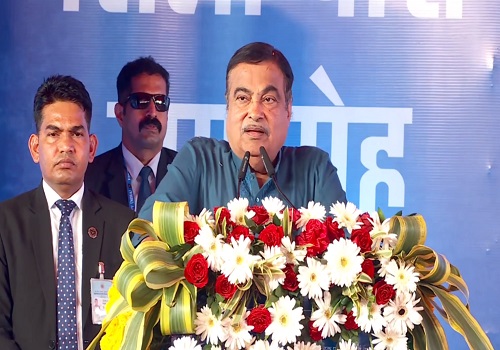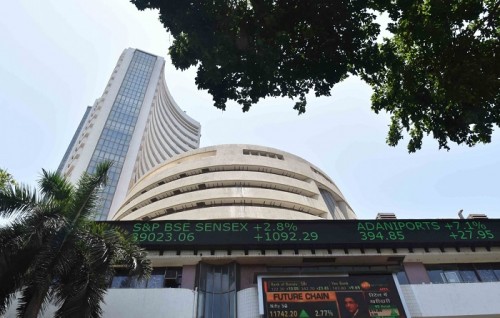50% of BSES' power portfolio to turn green by 2024

Follow us Now on Telegram ! Get daily 10 - 12 important updates on Business, Finance and Investment. Join our Telegram Channel
Reliance Infrastructure-led BSES, which has been championing the cause of sustainability, is set to turn around 50 per cent or 3,300 MW of its power portfolio green by 2024, sources said.
Green portfolio of BSES, comprising pure play renewable energy and hydro power, will make it one of the greenest discoms in the country.
Strengthening its green drive, recently, Reliance Infrastructure-led BSES signed agreements with SECI to procure 510 MW of solar and hybrid power at less than Rs 2.50/unit. In fact, BSES became the first discom in Delhi and among only a handful in the country to procure hybrid power.
The share of green energy in BSES' power portfolio is progressively increasing over-time and will reach over 50 per cent of its long-term power arrangements by FY 23-24, said discom sources.
By FY 23-24, it is expected that 3,300 MW of 'green' power will be operationalised by BSES and will power the national capital. Of this, 2291 MW will be pure play renewable, comprising of solar, wind and waste to energy and around 1000 MW, hydro. In fact, barring 150 MW, rest of the 'green' power has already been tied up. Even this 150 MW (of wind power) will be tied up soon.
Translated into percentage terms, by FY 23-24, 36 per cent of BSES's long-term arrangements will comprise pure play renewable energy and 16 per cent, hydro power, totalling 52 per cent.
At present, around 22 per cent of long-term arrangements of Reliance Infrastructure led BSES comprises green power, which includes pure play renewable power of over 9 per cent (or 365 MW) and about 13 per cent (or 548 MW) hydro.
BSES' green energy component is dominated by solar power, followed by hydro, wind, hybrid and waste to energy.
Experts say that green power will help in neutralizing cost increases by absorbing the impact of inflation and other factors, including prices of coal, gas among others.
Besides, it may also help in creating headroom for recovery of the past revenue gap.
This green power will also help in substantial reduction in carbon emissions as well. Infact, as per estimates, it will lead to a reduction of 7 million tonnes of CO2 annually when the entire quantum of 3,300 MW of green power is operationalised.












 320-x-100_uti_gold.jpg" alt="Advertisement">
320-x-100_uti_gold.jpg" alt="Advertisement">












